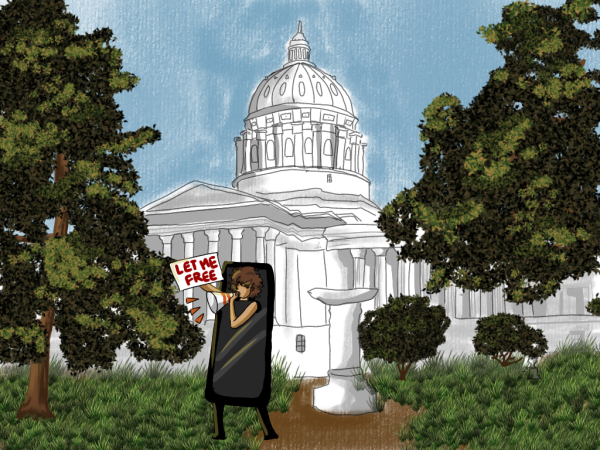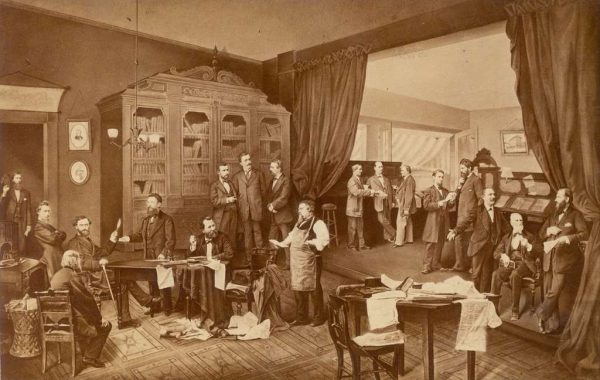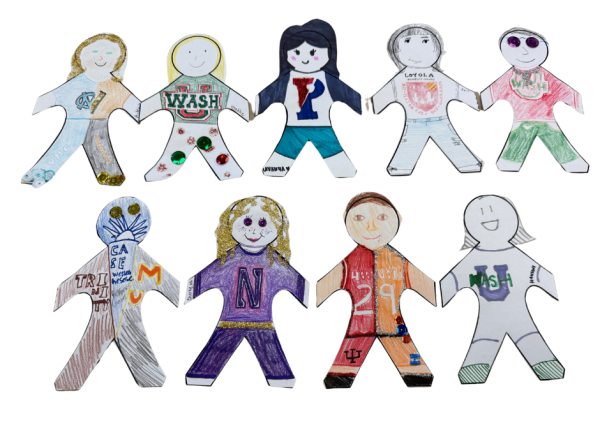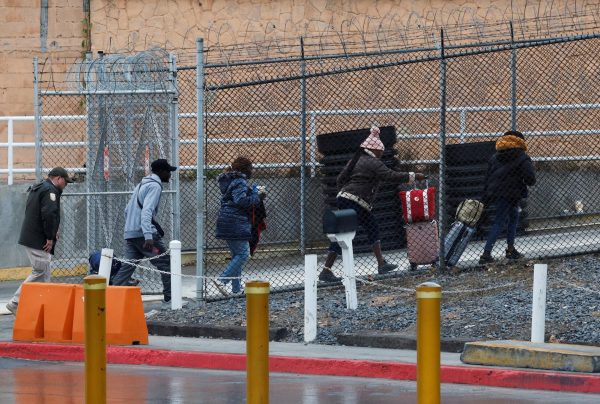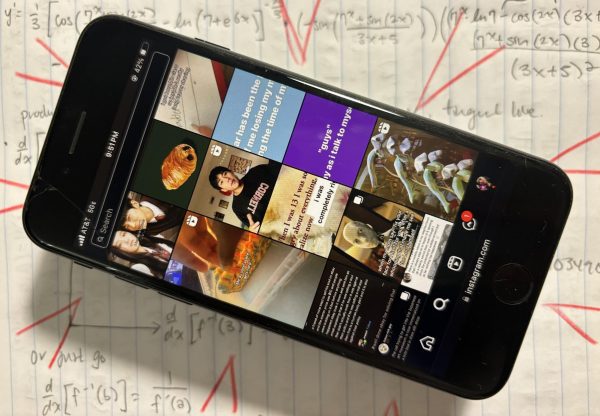Accommodations: We Aren’t Doing Enough
Disabled Students In America And How They Are Left Behind
The American Education System is a deeply flawed institution that, due to its long-standing use as a tool wielded by industrialists to create workers, does not take into account the health of its students and teachers.
Often overlooked in these discussions are disabled students, who often struggle to keep up with the workload, physical demands, and pace of school, and who stand a worse chance of succeeding in higher education. Mental disabilities, such as ADHD, dyslexia, dyscalculia, ADD and autism make learning in class and participating difficult, and can make keeping up with work nearly impossible.
Physically disabled and chronically ill children face a different set of difficulties than their mentally disabled and abled peers, but they are just as pertinent to discussions surrounding the school system. For instance, a child with EDS (Ehlers-Danlos Syndrome) will have a hard time sitting down in a hard chair for a long time, and writing and typing will be slow and painful for them. Additionally, going from class to class will be much harder, especially with the time constraints of 5 minutes or less. A child with chronic fatigue will be exhausted at the end of the school day, and will still have hours of homework to do and likely, as most students, will not get enough sleep due to how early school starts and how much time their tasks at home take.
Physical disabilities and mental disabilities are often diagnosed together in the same people, making things that much harder for disabled students who are unlucky enough to have more than one. For instance, someone with anxiety can become stressed out over schoolwork. The additional stress leads to a flare-up in their Ulcerative Colitis, making eating an ordeal and significantly draining their strength and energy. This dip in health leads to more unfinished work, which leads to more stress. In this way, school can be physically debilitating for children with chronic illnesses and disabilities that are made worse by stress and exertion.
Only 41% of autistic students graduate, compared with 59% of allistic students. 36% percent of students with any kind of disability drop out of high school. That is six times higher than the general population dropout rate of 6%.
The factors contributing to this are usually lack of accommodations, lack of funding, and social ostracization by peers and ignorant teachers. This ignorance does not have to exist- schools are, after all, places of learning. Health classes, while teaching about mental and physical health, do not often give lessons on mental or physical disability. As health classes are often the place in which curriculum concerning life lessons is taught, this would be the best place to teach students about the plight of their disabled peers.
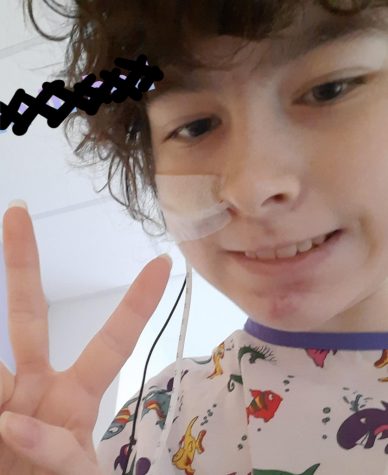
Studies have shown that increased awareness of and interaction with people different from oneself in a positive light can greatly increase empathy and disincentivize bigotry. Additionally, in history classes, students could be taught about the history of disabled people’s rights and personhood during civil rights units. It was only in 1990 that a massive protest was held in Washington D.C. by and for disabled people in an effort to pass the Americans With Disabilities Act.
Institutionalization, conservatorships, and forced sterilizations are also important pieces of history- and the present- that students should learn in an effort to understand what disabled people have gone through and still do to this day.
Intersectionality worsens disabled children’s outcomes- poorer neighborhoods have worse schools, as schools are funded by property taxes. These schools cannot afford to accommodate disabled students, and consequently, the ones who graduate do so unprepared for adult life and often psychologically scarred. This, of course, disproportionately impacts students of color, who are more likely to live in impoverished neighborhoods and have disabilities that they do not have access to medical care for.
During the COVID-19 pandemic, online learning became a necessity as in-person classes were disallowed. For the first time, students with physical disabilities could learn without having to strain themselves. While many with ADHD and other learning disabilities found classes much more difficult in the absence of structure, distance learning greatly helped those for whom going to a physical school was a problem. EdSource.org’s article: “After Mixed Experiences with Distance Learning, Disabled California College Students Want Flexibility” says that “In interviews, students said they hope their campuses will keep the parts of distance learning that worked for students, not only during the 2021-22 academic year but permanently. Under the Americans with Disabilities Act, colleges are already required to provide academic accommodations to students who request them. But students interviewed by EdSource said they want their colleges to go beyond what is required by that law and implement universal changes that will help disabled students, such as requiring every class to be recorded.”
The problem is that this was not already common practice. In today’s age of technology, recording a lecture is easy. Pushing yourself to your body’s limits in an effort to get an education, however, is not. During the pandemic, abled students suddenly gained the need for recorded lessons and distance learning, and schools almost immediately obliged. However, this option was not available to disabled students before, and some colleges are threatening to revoke it again. The answer here is to include disabled students in educational planning. Taking their needs into account is imperative and has been ignored far too often. Students with disabilities should not have to face such high barriers for the simple human right of an education.
A $50 or more donation includes a subscription to the Clayton High School Globe 2024-2025 print news magazine.
We will mail a copy of our issues to the recipients of your choice.
Your donation helps preserve the tangible experience of print journalism, ensuring that student voices reach our community and that student democracy thrives.

Ezri Perrin is a senior at Clayton High School and a reporter for the Globe. They have been with the Globe since freshman year. They are passionate about Star Trek, human rights,...


